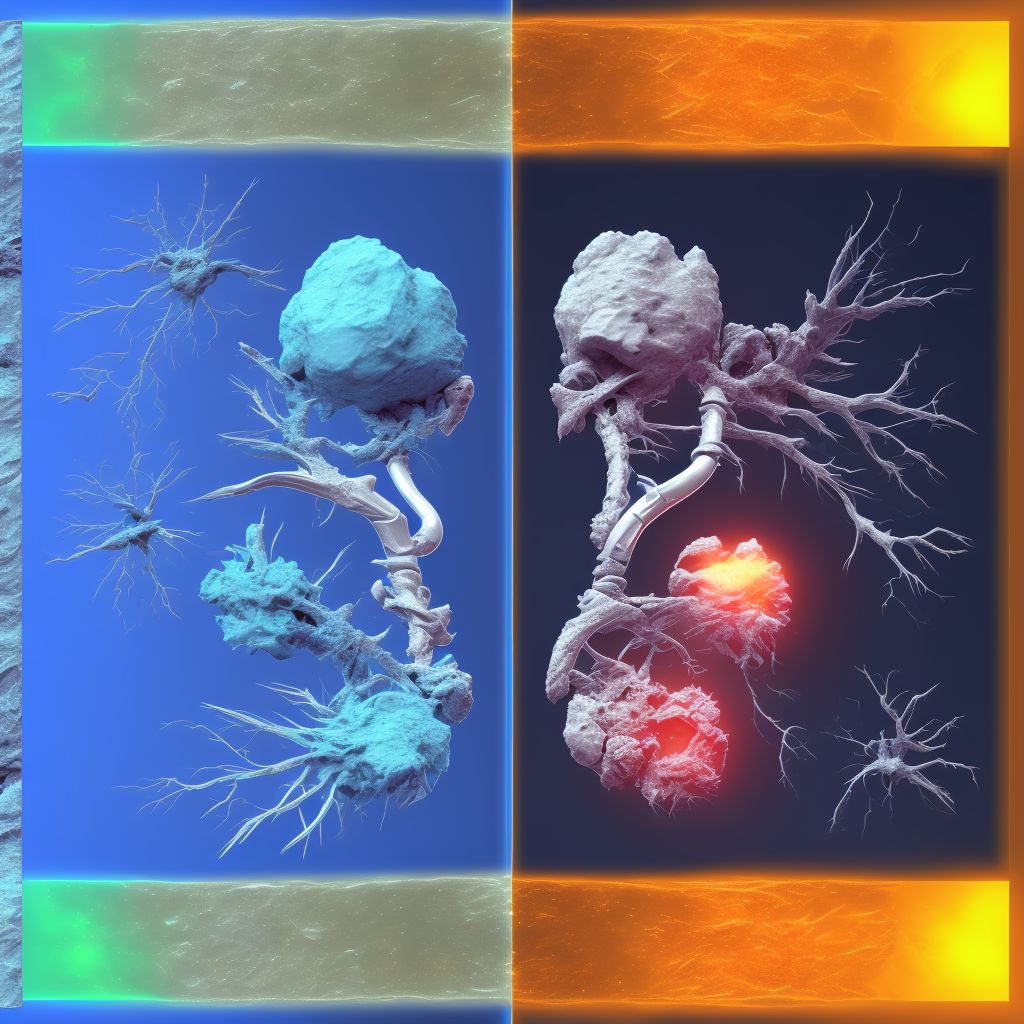
Other fracture of upper end of left tibia, subsequent encounter for open fracture type I or II with routine healing Save
ICD-10 code: S82.192E
Disease category: S82.192: Other fracture of upper end of left tibia
Understanding Other Fracture of Upper End of Left Tibia, Subsequent Encounter for Open Fracture Type I or II with Routine Healing
When it comes to bone injuries, fractures are a common occurrence. One specific type of fracture that can affect the upper end of the left tibia is known as an "Other fracture of upper end of left tibia, subsequent encounter for open fracture type I or II with routine healing."
This type of fracture refers to a break in the upper portion of the left tibia, which is the larger of the two bones in the lower leg. The fracture is classified as "other" because it doesn't fit into more specific categories and may vary in severity. Additionally, it is considered a subsequent encounter if the patient has already received initial treatment for the fracture and is now seeking routine healing.
Fractures of the upper end of the left tibia can occur due to various reasons, such as a direct blow to the leg, a fall, or a sports-related injury. The severity of the fracture can range from type I, which is a minimal fracture, to type II, which involves a more significant break.
During routine healing, the body's natural processes work to repair the fractured bone. This healing process typically involves the formation of new bone tissue and the restoration of stability. It is important to note that the specific treatment approach for this type of fracture may vary depending on the severity and individual circumstances.
- Diagnosis: A medical professional will evaluate the fracture by conducting a physical examination and may order diagnostic tests such as X-rays or CT scans to assess the extent of the injury.
- Immobilization: In many cases, a cast or brace is applied to immobilize the leg and provide support to the fractured bone during the healing process.
- Pain Management: Pain medication may be prescribed to alleviate discomfort experienced during the healing period.
- Physical Therapy: Once the initial healing stage is complete, physical therapy may be recommended to restore strength, flexibility, and range of motion to the affected leg.
It's crucial to consult with a healthcare professional for an accurate diagnosis and appropriate treatment plan tailored to your specific fracture. Remember, timely medical attention and proper care are essential for a successful recovery.
Treatment of Other fracture of upper end of left tibia, subsequent encounter for open fracture type I or II with routine healing:
Treatment Options for 'Other Fracture of Upper End of Left Tibia, Subsequent Encounter for Open Fracture Type I or II with Routine Healing'
When it comes to a fracture of the upper end of the left tibia, subsequent encounter for open fracture type I or II with routine healing, there are several treatment options available. The chosen treatment will depend on various factors, such a...
To see full information about treatment please Sign up or Log in